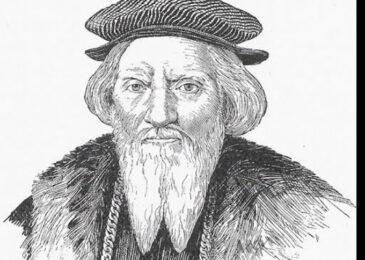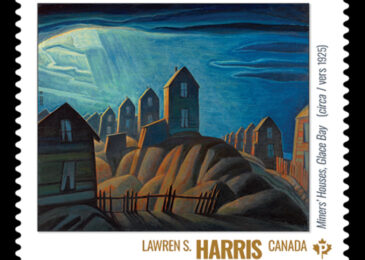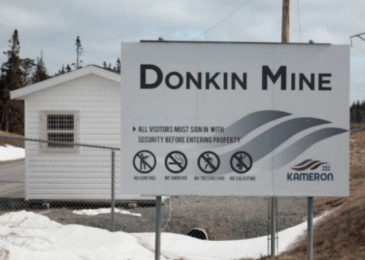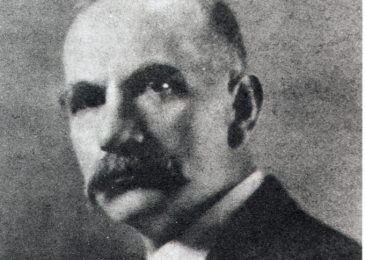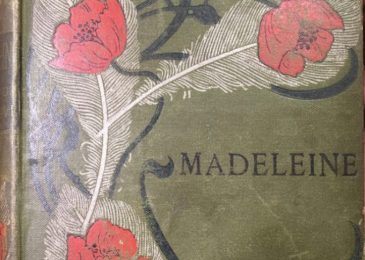Miners’ houses: Lawren Harris in Glace Bay
Historian David Frank on Miners’ Houses, the painting of a Glace Bay townscape by Group of Seven painter Lawren Harris, now on a stamp. Harris visited Glace Bay in 1925, the same year striking miner William Davis was shot by company police. “Glace Bay is really no town, but a number of huddles of box-like houses around scattered coal mine mouths. . . . It’s drab and dreary and bedraggled even on a sunny day . . . “, Harris wrote at the time.


